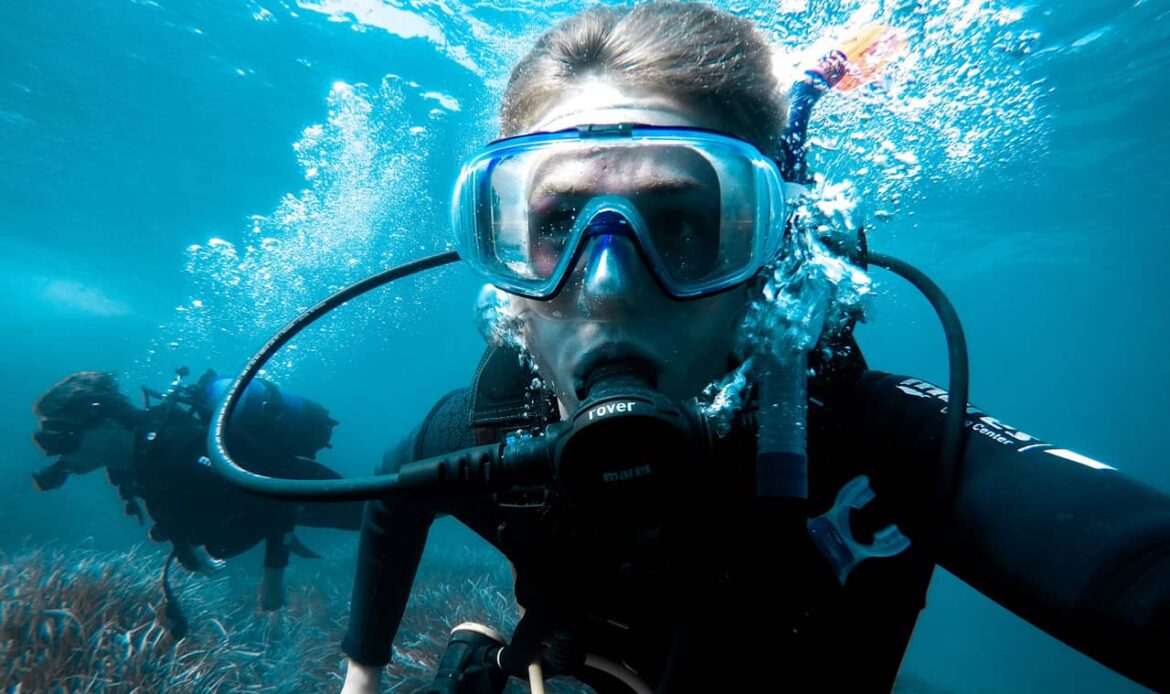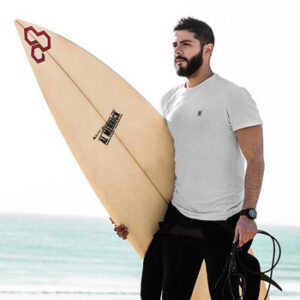
Rebreathers are underwater breathing devices that recycle the diver’s exhaled gas, removing carbon dioxide and adding oxygen. This makes rebreathers much more efficient than open-circuit scuba systems, which simply vent the diver’s exhaled gas into the water.
Rebreathers have been used for technical diving for many years, but they are now becoming more popular for recreational diving. This is due to the development of new, more user-friendly rebreathers, such as the Type R rebreathers mentioned below.
Here are some of the benefits of diving with a rebreather:
- Longer no-stop limits: Rebreathers allow divers to stay underwater for longer periods of time without having to decompress. This is because rebreathers deliver a constant supply of oxygen to the diver, regardless of depth.
- Reduced gas consumption: Rebreathers recycle most of the diver’s exhaled gas, which means that divers need to carry less gas with them on a dive. This can be a significant advantage for divers who are planning long or deep dives.
- Unmatched wildlife encounters: Rebreathers produce very few bubbles, which makes them ideal for divers who want to get close to marine life.
The PADI Rebreather Diver course is a great introduction to rebreather diving. The course covers the basics of rebreather operation, safety, and maintenance. Upon successful completion of the course, students will be certified to dive with a rebreather to a maximum depth of 18 meters/60 feet.
If you are interested in learning more about rebreather diving, I encourage you to contact a local PADI dive center or resort. They will be able to provide you with more information about the course and help you to determine if rebreather diving is right for you.
Here are some additional thoughts on the benefits of rebreather diving:
- Rebreathers can help to reduce the diver’s environmental impact. By recycling exhaled gas, rebreathers reduce the amount of CO2 that is released into the water.
- Rebreathers can be used to dive in challenging environments, such as deep water, ice water, and caves.
- Rebreathers can be used for specialized applications, such as underwater photography and videography.
Overall, rebreathers offer a number of advantages over open-circuit scuba systems. However, it is important to note that rebreathers are more complex and require more training to use safely. If you are considering diving with a rebreather, be sure to choose a reputable training agency and instructor.

Who Can Enroll
| Age | At least 18 years old |
| Medical Fitness | You may be required to fill out a medical questionnaire and, if necessary, get a medical clearance from a physician to ensure you are fit for scuba diving. |


